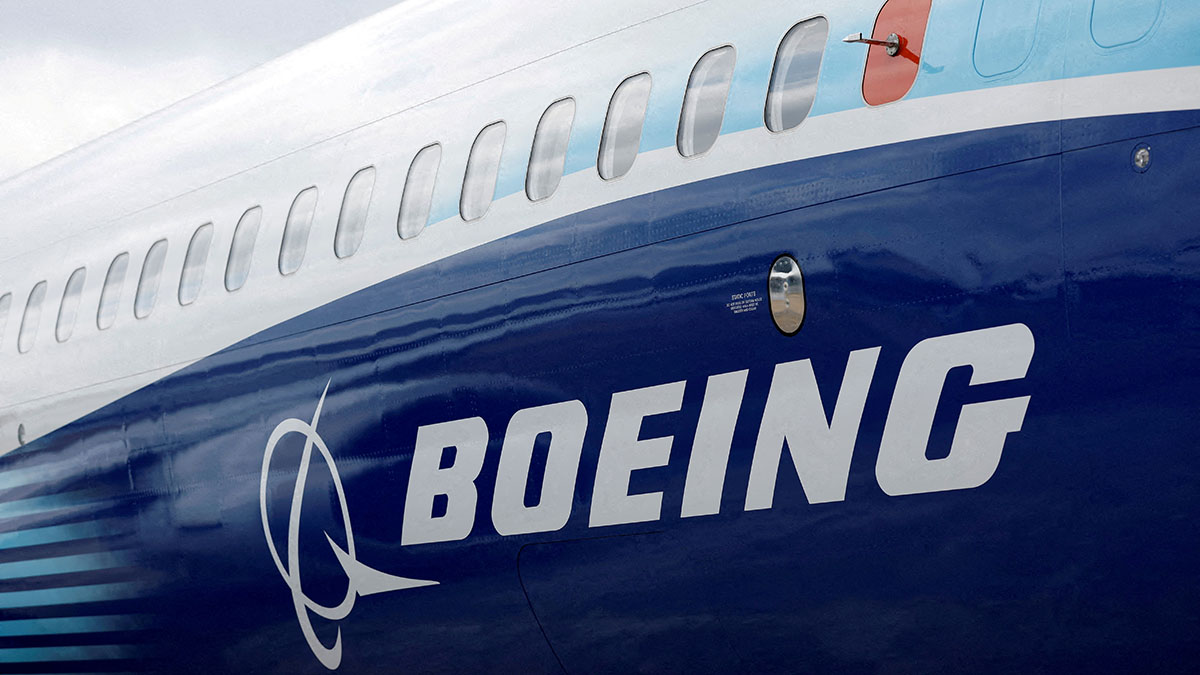Boeing has been hit by a fresh labour strike, compounding the company’s long-running troubles as it attempts to recover from a decade of safety lapses, legal scrutiny and executive shake-ups.
More than 3,000 workers walked out just after midnight on Monday, disrupting operations at three US plants where fighter jets are built. The strike, led by members of the International Association of Machinists and Aerospace Workers, marks Boeing’s second major labour disruption in under a year.
The timing is difficult. Once a symbol of American industrial might, Boeing is still struggling to restore confidence after years of fatal crashes, investigations and internal upheaval.
A turbulent history of safety and scandal
The company’s troubles began with issues on its flagship 787 Dreamliner. Battery fires led to a global grounding of the aircraft shortly after its introduction, raising early doubts about Boeing’s reliance on new technologies and outsourcing.
The launch of the 737 Max was initially seen as a commercial triumph. But that image crumbled following two devastating crashes involving Lion Air and Ethiopian Airlines flights. The disasters, which killed a total of 346 people, were eventually linked to a faulty flight-control system known as MCAS.
Pilots were not properly informed about the system, and subsequent investigations revealed that Boeing had downplayed its significance during regulatory approval. The 737 Max was grounded worldwide. Amid mounting criticism, Boeing’s then-chief executive was removed from his post.
Legal fallout and leadership changes
Federal prosecutors later accused the company of fraud, citing a pattern of misleading behaviour toward safety regulators. Boeing paid billions to settle the charges, including a deal with the US Justice Department that allowed it to avoid prosecution if certain conditions were met.
The company’s efforts to move on were repeatedly disrupted by fresh incidents. In early 2024, a panel detached mid-flight from a 737 Max 9 operated by Alaska Airlines. Though no one was harmed, the event reignited concerns about Boeing’s manufacturing standards. A panel of independent experts later concluded that the company’s safety culture remained deficient.
That same year, a LATAM Airlines Dreamliner suddenly plunged during a flight between Australia and New Zealand, injuring dozens. Boeing advised airlines to inspect cockpit seat switches after it was suggested a seat malfunction may have triggered the incident.
Impact Shorts
More ShortsFacing increasing pressure, CEO Dave Calhoun announced he would step down by the end of 2024. His departure was followed by the appointment of Kelly Ortberg, an engineer and former aerospace supplier executive, signalling a move to refocus on Boeing’s technical foundations.
Ongoing labour unrest and federal scrutiny
The company’s labour woes have only added to its crisis. In September last year, tens of thousands of factory workers walked off the job in a strike that halted production for weeks.
That action was Boeing’s first major strike in 16 years.
Though the company recently reached a final legal settlement over the Max crashes, agreeing to plead guilty to conspiracy and to pay more than $1.1bn in penalties and compensation, it still faces a long road to regaining trust.
This week’s walkout is a fresh reminder that all is not well inside Boeing. For a company that once stood at the pinnacle of global aviation, the climb back to stability remains steep and uncertain.
With inputs from agencies


)

)
)
)
)
)
)
)
)



